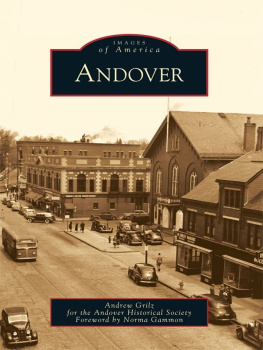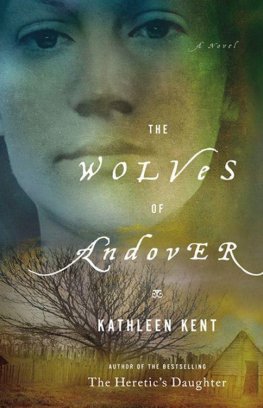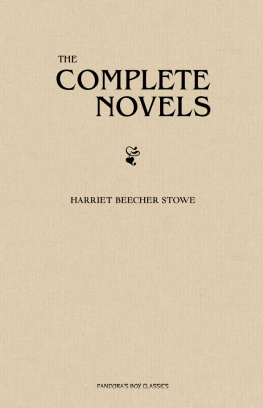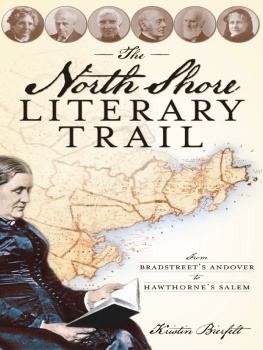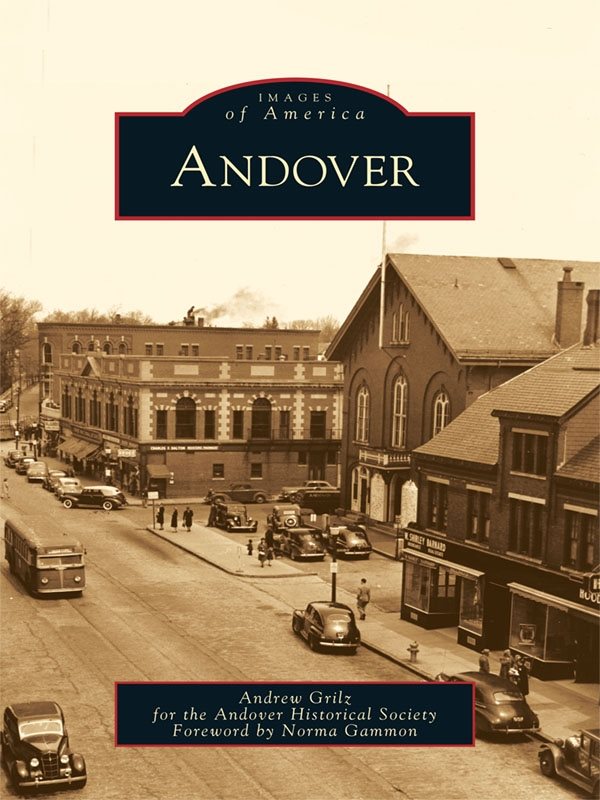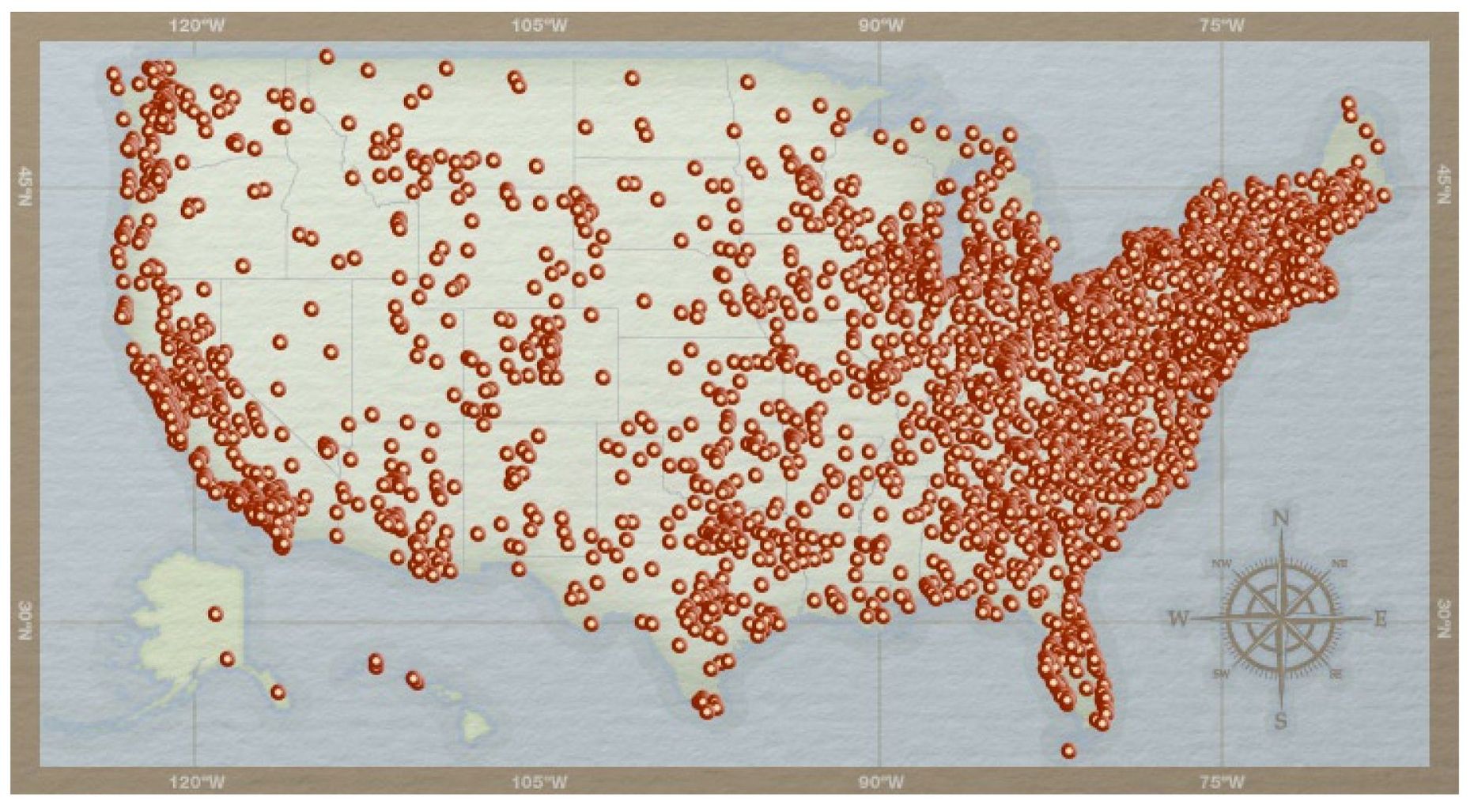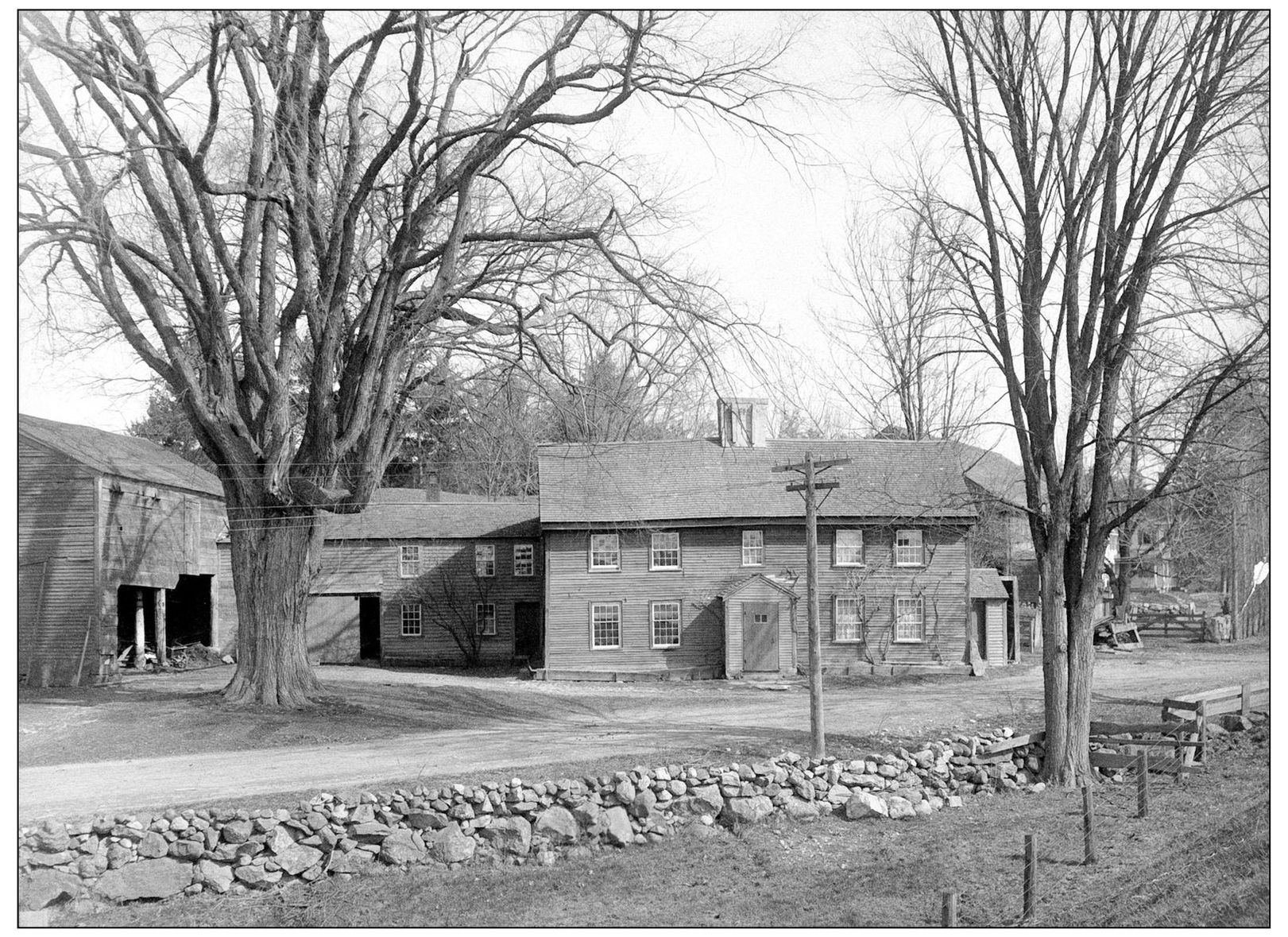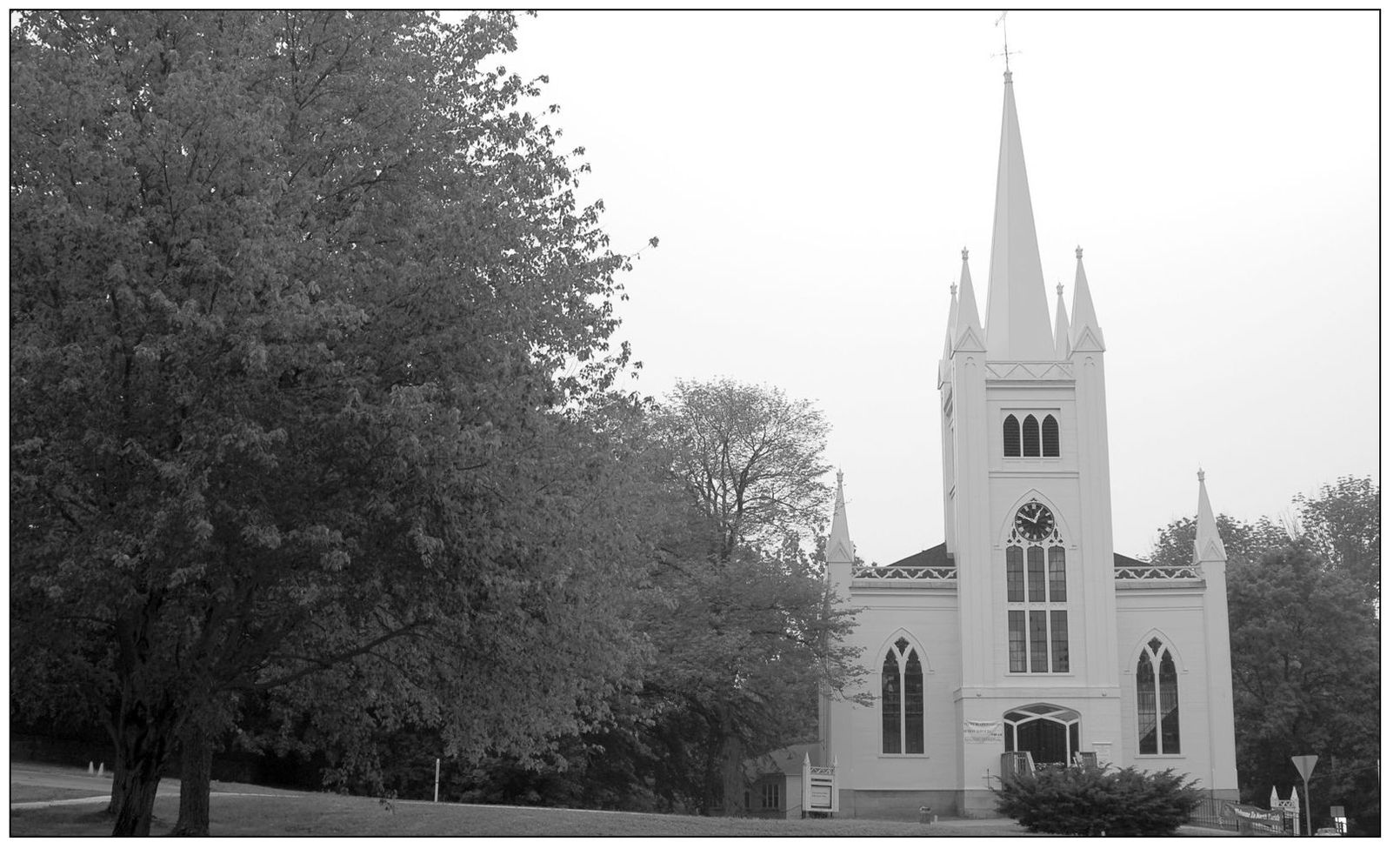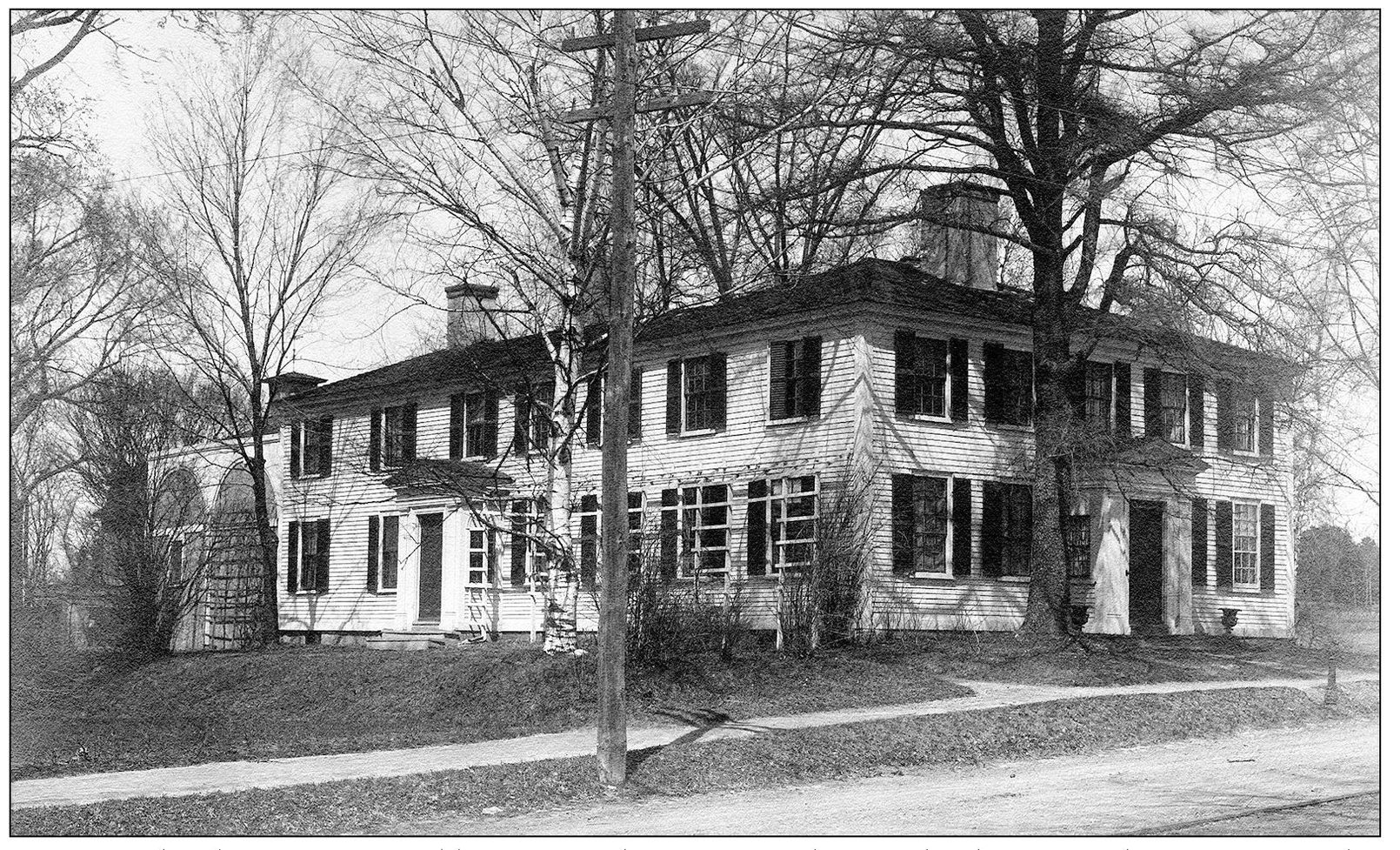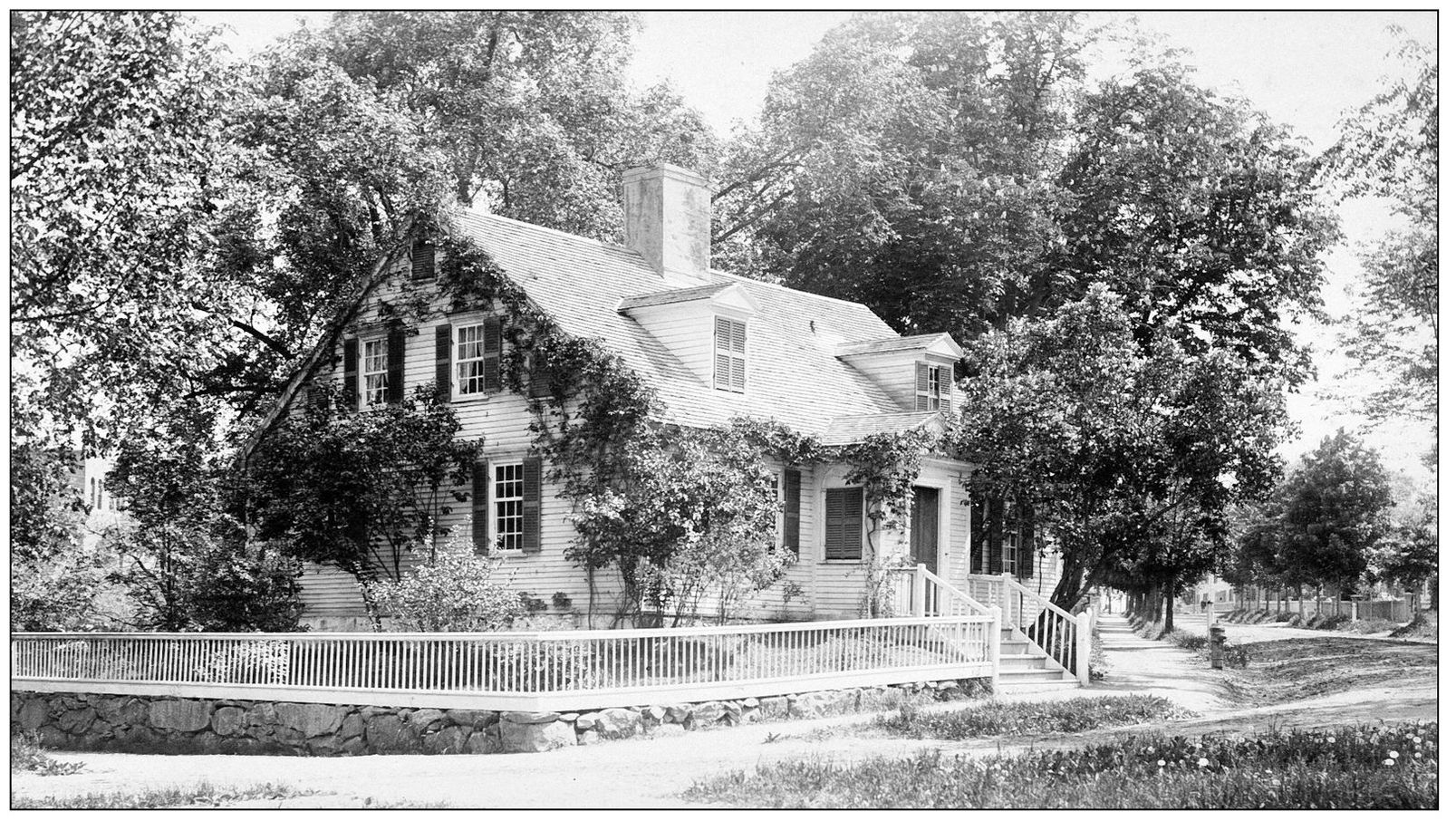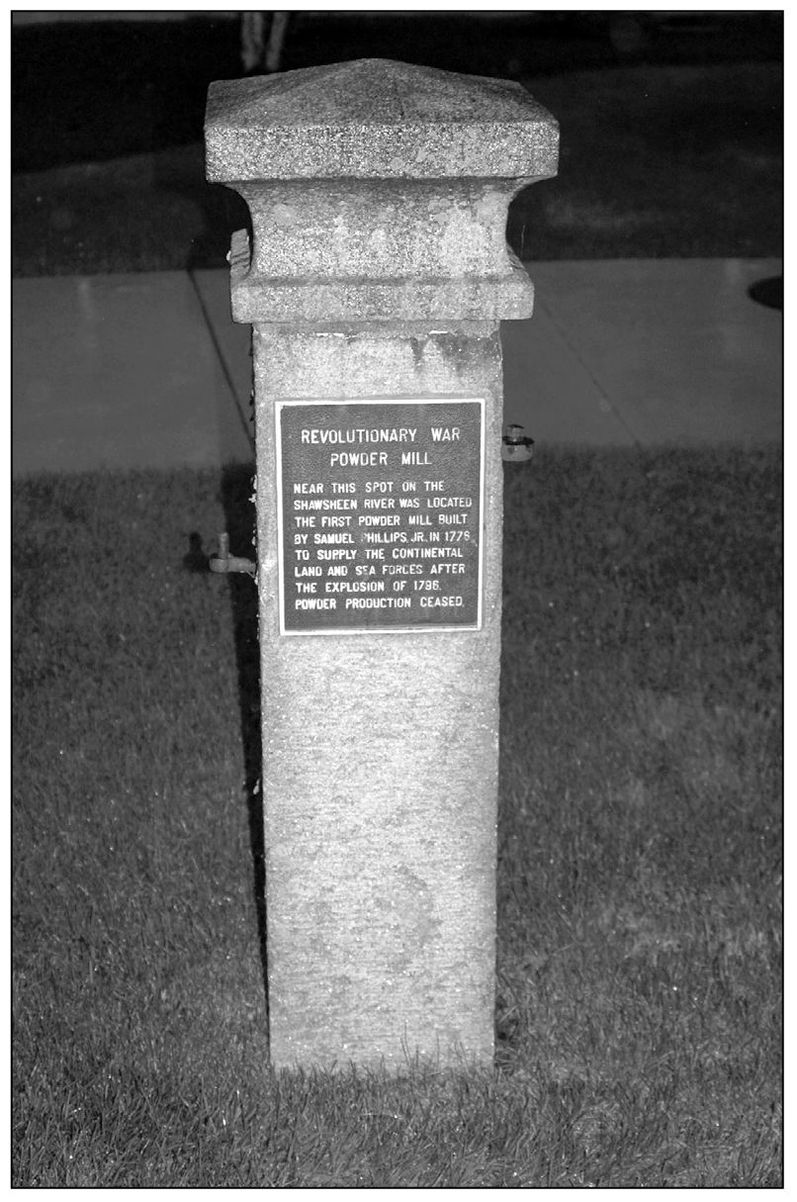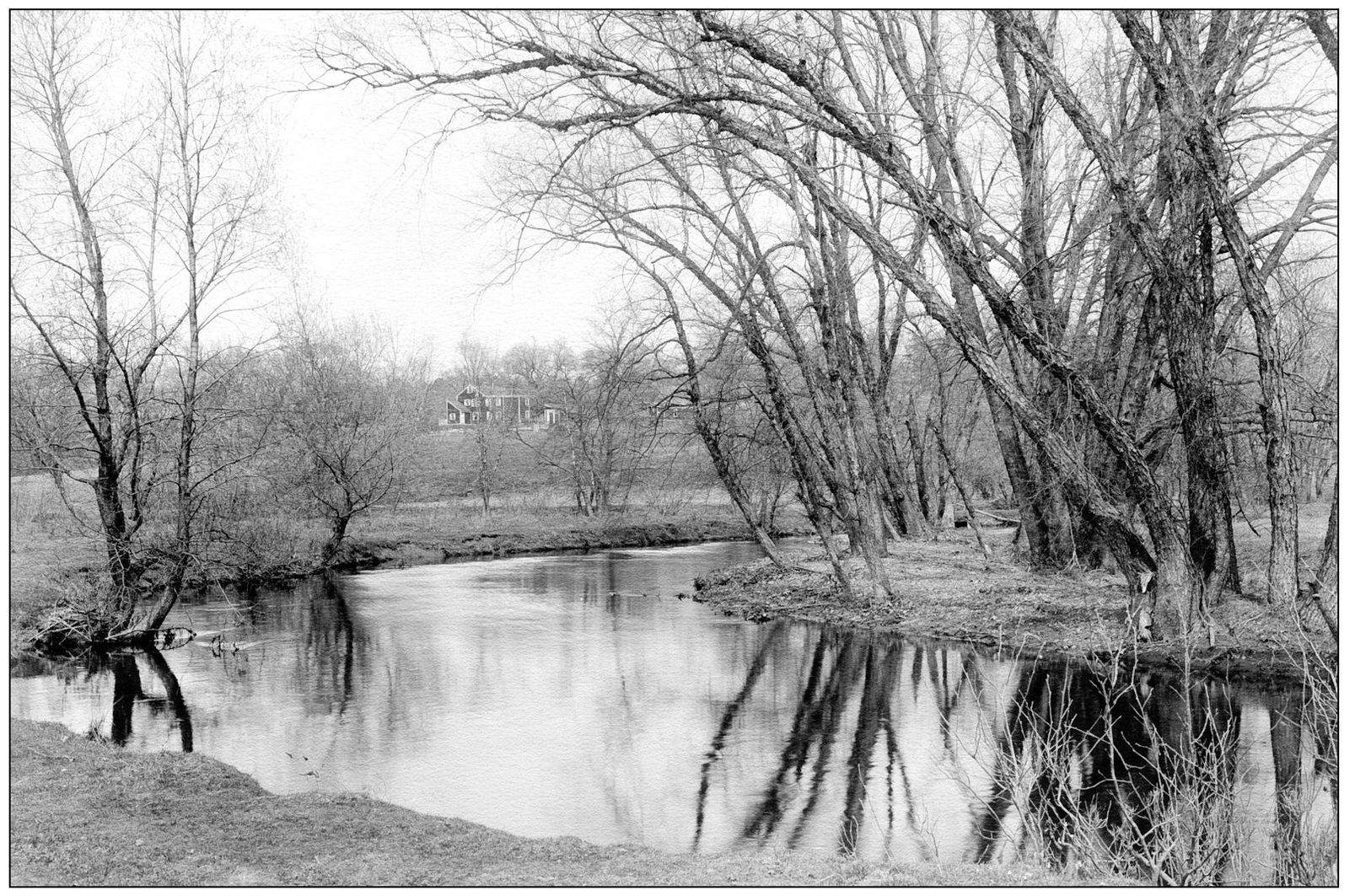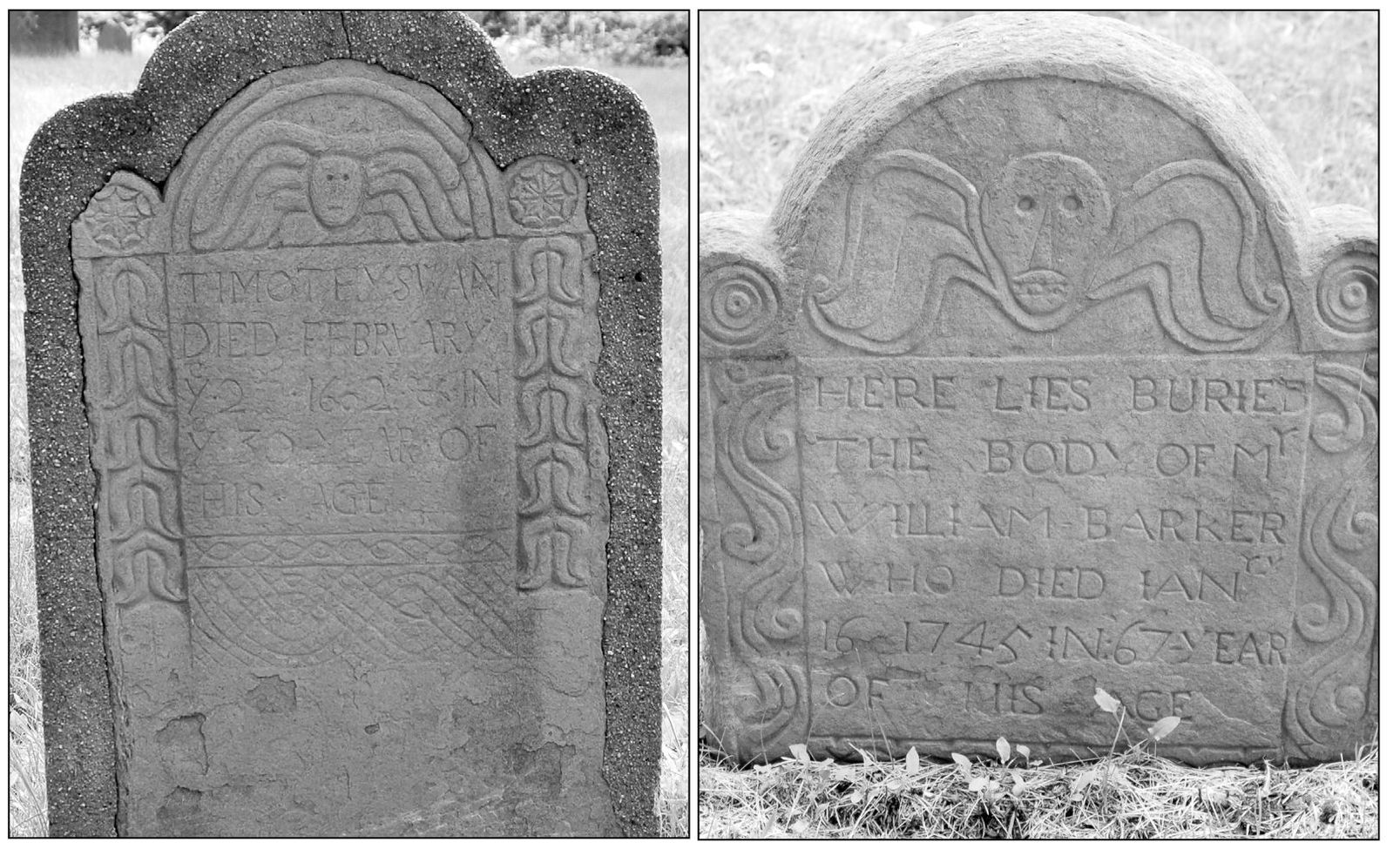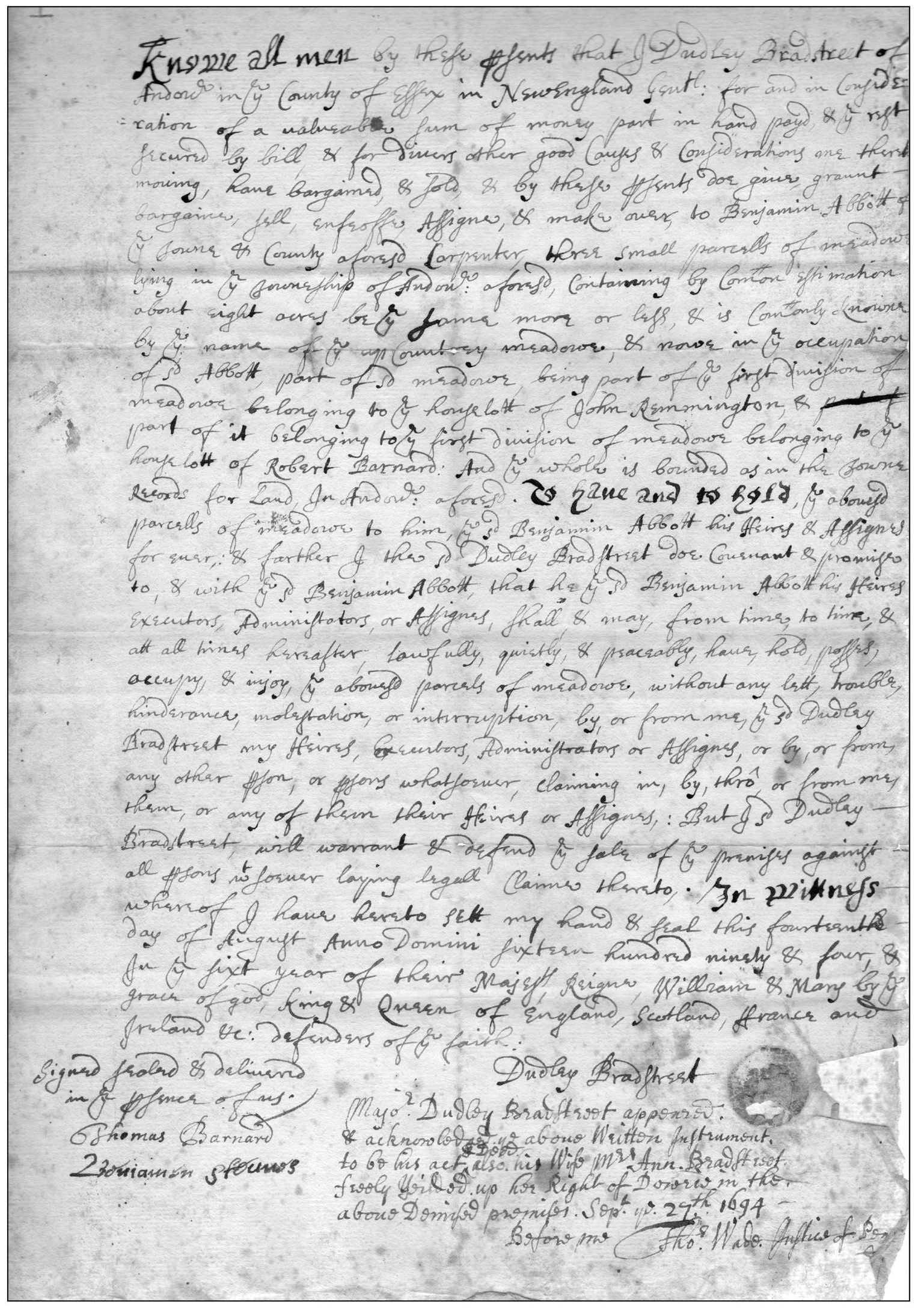One
EARLY YEARS
Reputed to have been built around 1685, the Abbott farmhouse has long been considered the oldest building in Andover, although recent investigation may belie that claim. It was constructed by carpenter Benjamin Abbott, son of one of the founders of Andover and one of the accusers in the 1692 witch hysteria. It has served as a family farm and a teahouse and is now a private residence.
Founded by the first families who migrated to Andover, what is now known as the First Parish Church was established in 1644. In 1692, minister Francis Dane was a vocal opponent of the witch trials. His public criticism of the general courts methods of determining guilt was instrumental in ending the trials. The 1836 building shown here is the fifth church built for the congregation.
In 1776, schoolmaster Isaac Abbott opened a tavern and inn at his home at what is now 70 Elm Street. In 1789, Pres. George Washington visited Andover. Local lore tells that while Washington had breakfast at the tavern, Abbotts daughter Priscilla mended his torn glove. Washington rewarded the young girl with a kiss on the cheek. The age of the house is uncertain, but it is believed to date from the late 17th century.
This receipt reads, in part, Andover, May 2, 1758 Rec[eived] of Stephen Johnson Four Pounds Lawful Money which I Rec[eived] of S. Johnson to hire men to go in the present Expedition against Canada. Johnson fought at the battle of Fort William Henry in 1757 during the French and Indian War and would have gladly participated in a counteroffensive. The incident is believed to have inspired events depicted in James Fenimore Coopers Last of the Mohicans.
In 1825, John Kneeland hosted the Marquis de Lafayette at his 2 Central Street home when Lafayette stopped in Andover on his tour of the United States. Constructed in 1784, the home was occupied by many families and used as a tearoom in the early 1900s. The gardens surrounding the building are the source of the tearooms name, Rose Cottage, which has persisted long after the business. The building is again a private residence.
Built to provide gunpowder to the Continental army during the American Revolution, Samuel Phillipss powder mill was a dangerous operation. Three explosions over the years killed five men in total. This monument marks the approximate site of the powder mill, which ceased production after the last explosion in 1796. Soon after, Phillips switched to producing paper and ultimately sold the mill in 1807.
Andover was divided into two parishes in 1709 to accommodate the population in the southern part of town and the prohibitive travel distance to reach what is now First Parish Church in North Andover for weekly services. The first South Parish Church meetinghouse was built in 1711. The current church, seen here, was built in 1861 and is the fourth house of worship on or near this site.
The Shawsheen River cuts through all parts of Andover. The name Shawsheen means great spring in Pennacook. The Shawsheen River has played a critical part in the development of Andover, as mills were built to take advantage of the strong current.
These headstones are those of William Barker, accused of witchcraft, and Timothy Swan, an accuser. Although neighboring Salem is better known for its involvement in the witchcraft panic that gripped the area in 1692, Andover saw more accusations and arrests than any other town. In all, more than 40 Andover citizens were accused, 8 were tried and convicted, and 3 were executed.

